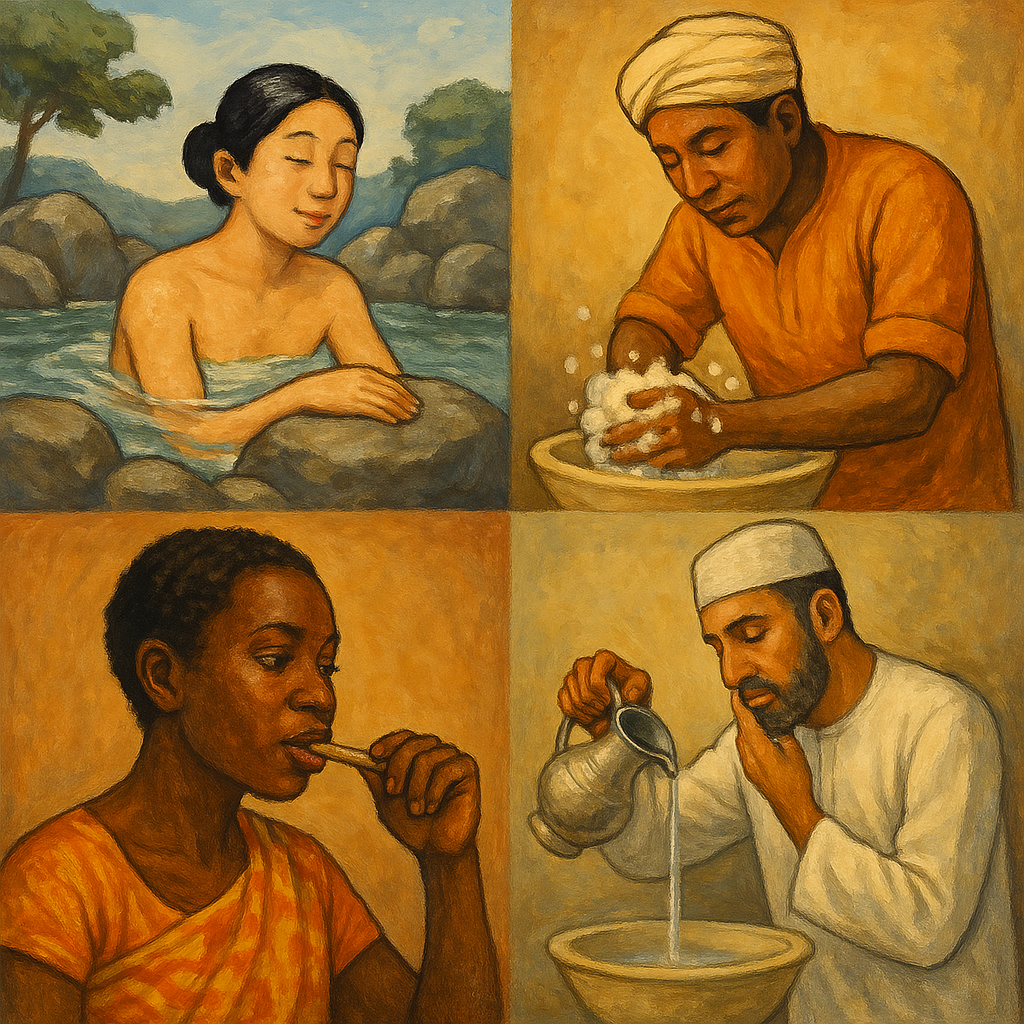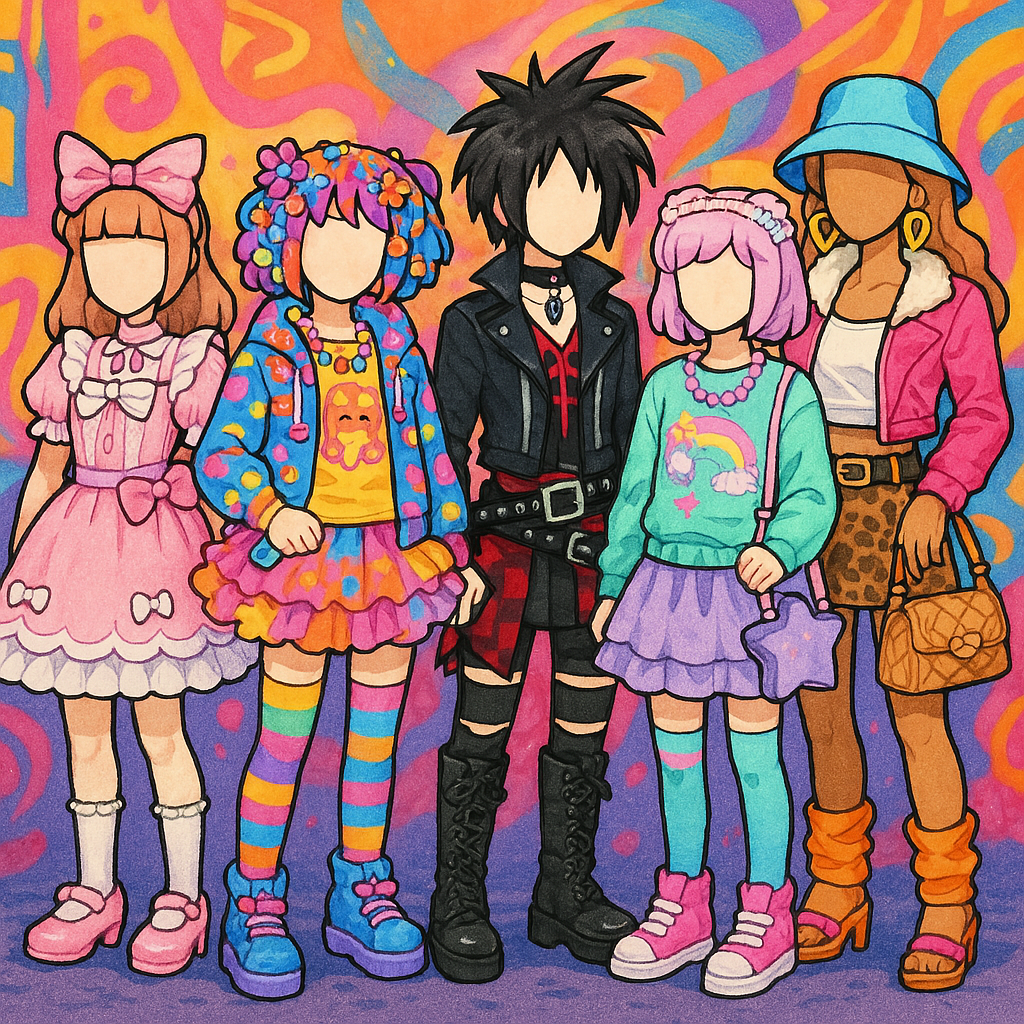How Daily Routines Differ Across Cultures
Personal hygiene is universal—but how people go about it varies widely from country to country. From the way we brush our teeth to the methods we use for bathing, each culture has developed its own traditions and preferences. Let’s take a trip around the world to explore how different societies approach their daily hygiene routines.
Bathing Practices
In Japan, bathing is more than just a way to stay clean—it’s a ritual. Many people prefer soaking in a deep tub filled with hot water after washing their bodies with soap outside the bath. Public bathhouses, or onsen, are popular and considered a relaxing social experience. Meanwhile, in many Middle Eastern countries, bathing is closely tied to religious practices. Ritual purification (wudu) is required before prayers, emphasizing cleanliness in daily life.
Handwashing Habits
In India, it’s common to wash hands thoroughly before and after meals. Since eating with one’s hands is part of tradition, cleanliness is emphasized. In Western countries, soap and water—or even hand sanitizer—are relied upon to keep hands clean, but the frequency varies from person to person.
Oral Hygiene Traditions
Tooth brushing is common worldwide, but the tools used vary. In parts of Africa and South Asia, people use miswak, a twig from the Salvadora persica tree, believed to have natural antibacterial properties. Meanwhile, in Western countries, toothbrushes with fluoride toothpaste are the norm, and flossing is encouraged.
Haircare Routines
Shampoo frequency differs widely across cultures. In the U.S. and much of Europe, washing hair several times a week is common, whereas in some Asian countries, daily hair washing is preferred. Some cultures, like those in India, rely on oil treatments to nourish hair, using coconut or mustard oil as part of a regular routine.
Toilet Hygiene Differences
Toilet hygiene varies perhaps more than any other hygiene practice. In many Asian and Middle Eastern cultures, water-based cleansing methods (bidets or hand-held sprays) are the standard, while in the U.S., toilet paper is the primary tool. In Japan, high-tech toilets with built-in bidets are popular, offering heated seats and advanced cleansing options.
Cultural Significance of Hygiene
Beyond basic hygiene, many cultures associate cleanliness with spiritual well-being. For example, in Islam, wudu before prayer is a form of purification, and in Hinduism, bathing in the sacred Ganges River is believed to cleanse the soul.
Every culture has unique ways of maintaining hygiene, shaped by history, climate, and tradition. Despite these differences, one thing remains constant: personal cleanliness is valued across the globe.






